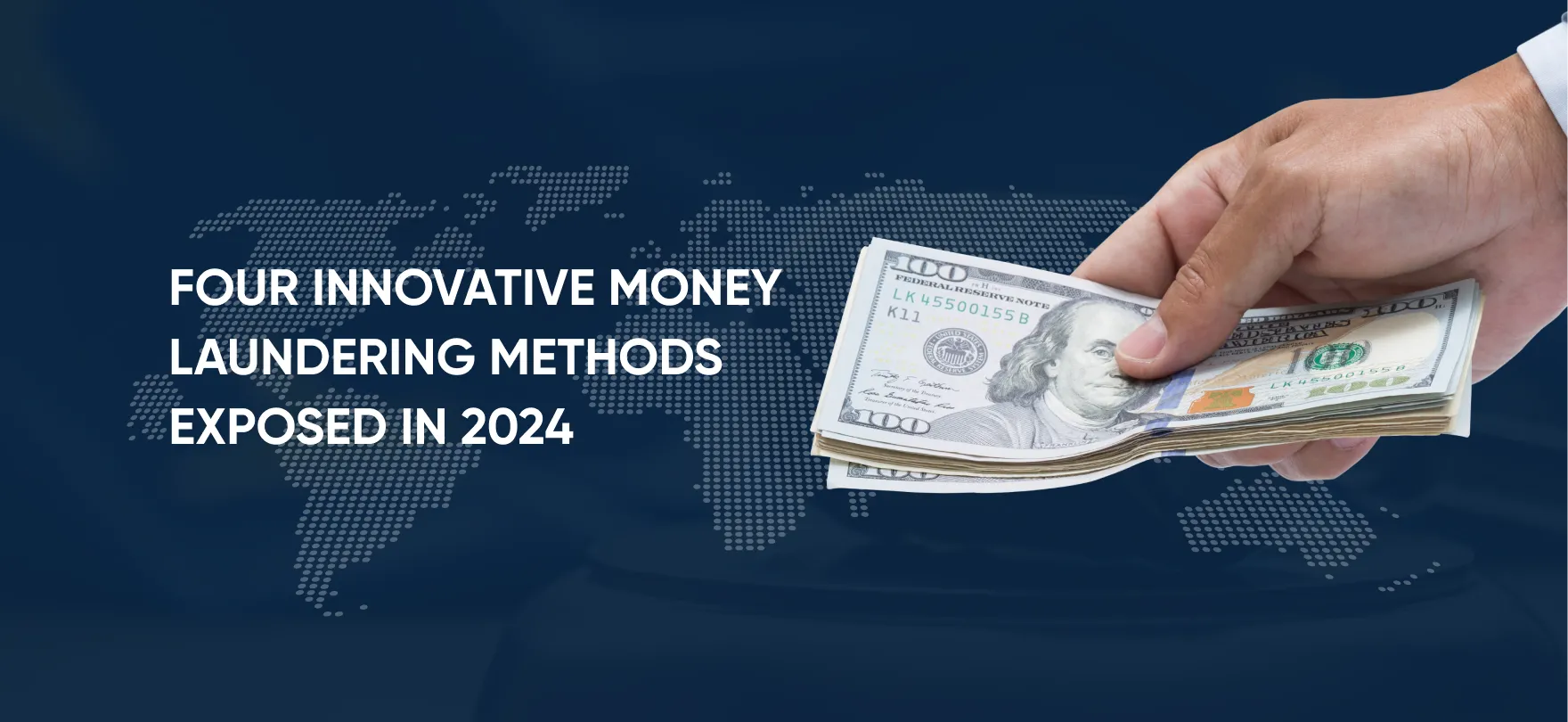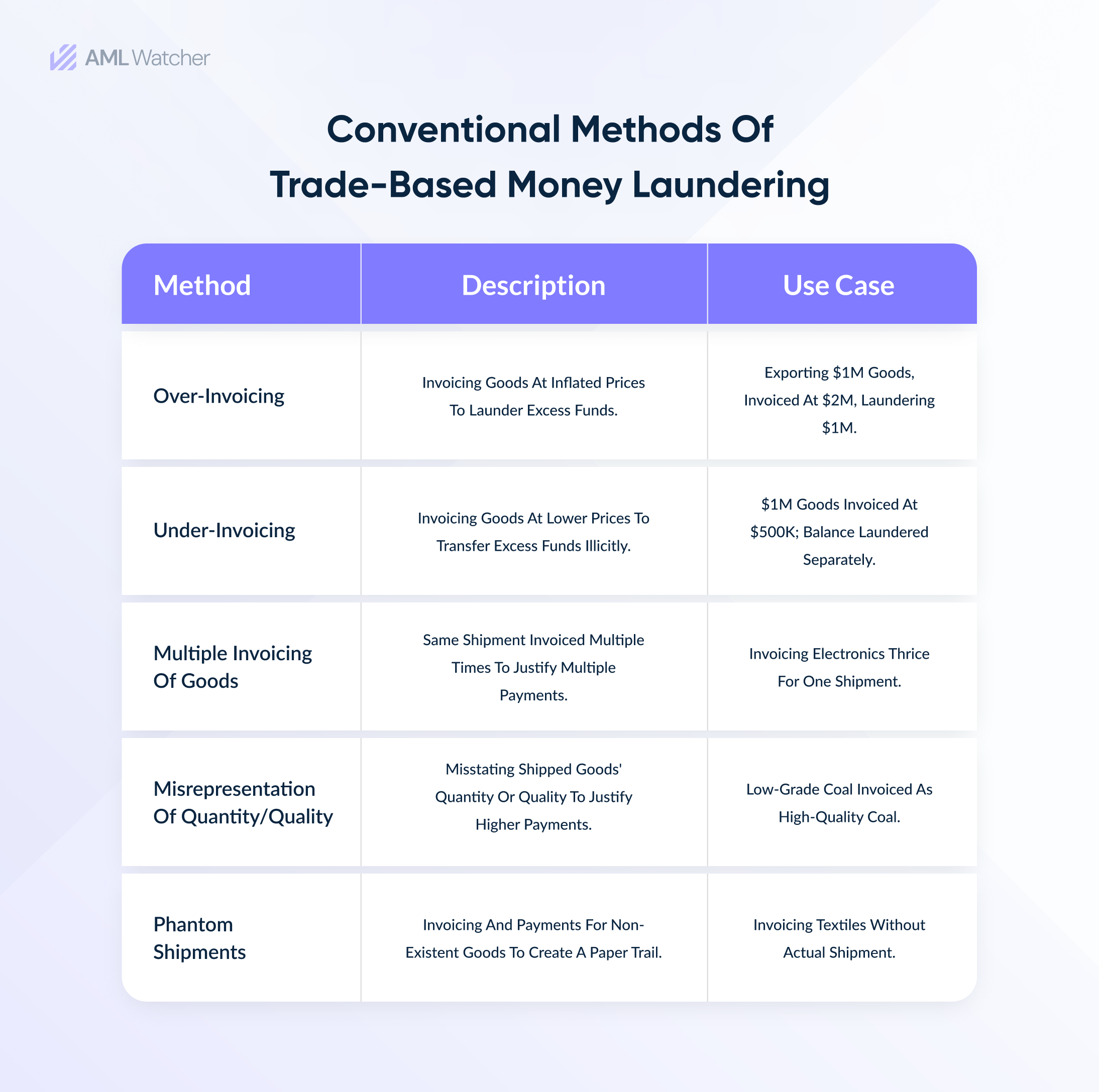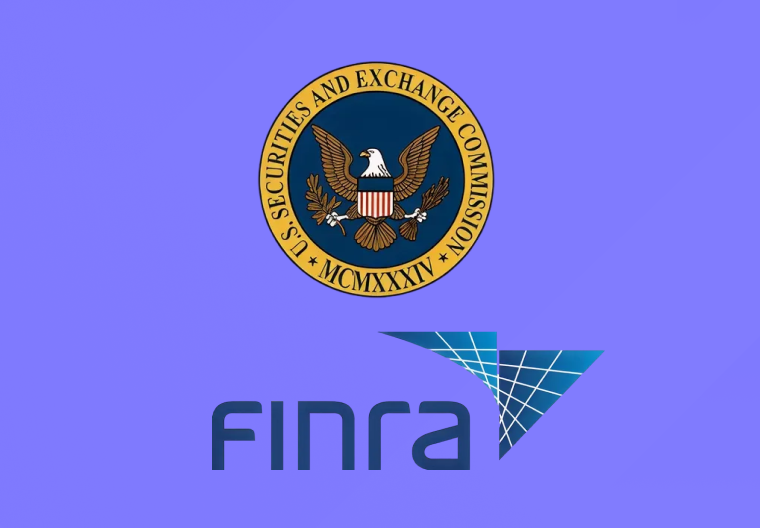
Four Innovative Money Laundering Methods Exposed in 2024
The financial alchemists or modern-day money launderers, it does not matter what we call them as long as we are well-equipped with systems and tools to tackle evolving money laundering techniques deployed by them.
I couldn’t comprehend the irony hidden behind a saying of Jean-Baptiste Alphonse Karr until now,
“The more things change, the more they stay the same.”
It is 2024 when technological advancements and innovative financial crimes are going hand in hand. Even artificial intelligence (AI) has been coded to respond to human emotions in the most empathetic way possible then why do institutions fail to identify and fight money laundering methods that are adapted to modern trends and evolving regulatory changes?
As old as the history (2000 years old) of concealing illicit proceeds and mixing legitimate finances with illegal money to clean is, anti-money laundering (AML) measures witness unprecedented marks on the compliance landscape.
Time went by and AML compliance became an unforgivable section of international security and peace laws. To abide by compliance and expand in the global market, businesses are required to identify AML threats and develop effective measures to manage them.
After going through this digital piece of paper, you will be able to comprehend the magnitude of money laundering in four major sectors of business and how financial alchemists alter traditional ways of laundering dirty money. We will also explore the challenges institutions face in employing functional AML controls. Let’s dive into it.
Money Laundering Through Cryptocurrencies
Before comprehending the nature of laundering dirty money through digital financial forums particularly, cryptocurrency, how about taking a quick tour of AML fines the industry endured in 2023?
Crypto with 69% of global AML penalties remained on the top while the industry witnessed the biggest non-compliance cost of $4.3 billion imposed on Binance, headquartered in the Cayman Islands. Along with major AML setbacks, the company was charged with sanctions breaches.
Tales of failed anti-money laundering in banking echo in trembling compliance venues. No wonder it takes more than just AML measures to thrive in the global community, accountability!
Crypto Laundering Through the Entertainment Industry
If you can not wrap your head around the complex terms of crypto and why it is considered an ideal tool to launder or hide illicit money then there is no better way to understand it than from a TV series Mr. Robot.
In one of the iconic scenes from the series, a character named Elliot Alderson decodes the mystery behind crypto or Ecoins by saying,
“E Corp’s Ecoin is the perfect vehicle for laundering money. Anonymity and decentralization are its strongest selling points. You can transfer millions without ever touching a bank. The system is designed to facilitate those who want to hide in plain sight.”
Mirroring the real-world typologies of financial crimes and corporate control, the series translates the mindset of financial fraudsters and their shadowed tricks to blindfold the legislation. Give a binge-watch to this short clip from the series so we may move forward to a somewhat boring but critical point of money laundering schemes in digital financial platforms.
After having the basic idea of crypto laundering, let’s dig into four major methods of money laundering in cryptocurrencies and digital financial platforms.
Four Infamous Methods in Crypto Money Laundering
Cross-chain bridges, NFTs (Non-Fungible Tokens), DeFi (Decentralized Financial Platforms), and Darknet and Ransomware markets are among many methods used by cybercriminals to commit financial frauds and micro money laundering.
Identification of money laundering through digital assets is crucial. Find out the step-by-step process of crypto laundering through advanced tools and technology.
Before employing AML in crypto, it is crucial to understand how money laundering works in digital financial platforms. Below is the elaborative image highlighting money laundering techniques in cryptocurrencies.
Money Laundering Through Shell Companies
If you have happened to watch a movie The Laundromat, the concept of money laundering through complex corporate web and shell companies will not be foreign to you. If not, then consider giving it a weekend watch with some pizza.
Pizza reminds me of the fact that in a parallel universe, people use pizza parlors and create fake sales to launder illicit funds. Coming back to the concept of laundering black money through shell companies is one of the traditional methods used by criminals.
Let’s explore the scale of criminal endeavors while laundering billions of illegal assets behind the curtain of friendly legislation.
- With minimal to no actual business, fake companies are created on paper only to ensure corporate secrecy. These shell companies are abused to do the paperwork required for big illegal transactions.
- Once a shell company gets created the money goes through the layering process where multiple shell companies initiate transactions within making it more difficult to trace the origin of funds.
- The anonymity of shell companies is maintained by giving fake faces to the company. It is usually done by hiring a nominee director and shareholders to avoid detection of true beneficial owners.
- Once layering is done by using shell companies, dirty money is ready to enter legitimate financial systems in the form of real estate, art, or high-value luxury items.
Being aware of AML threats is the first step to functional compliance. Learn about money laundering in shell companies by exploring the major case studies.
Money Laundering Through Real Estate
Birds of a Feather Flock Together reflects the true essence of real estate and shell companies to launder illicit funds in the real world. Meanwhile, shocking reveals of Panama Paper Leaks exposed a luxury apartment in New York’s Time Warner Center belonging to shell companies with beneficial ownership concealed. The investigation traced a trail of money laundering and tax evasion connected with high-priced real estate.
Let’s try to understand how exactly fraudsters use real estate laundering to convert their illicit gains into legitimate finances.
- Corrupt actors purchase and sell real estate properties on under and over-valuation prices respectively. This practice not only aids launderers to help conceal their money but also inflates the real estate market.
- Complex transactions through networks of shell companies and mixing residential and commercial properties make the identification of dubious transactions more difficult. The property is sold several times at different values to make it more opaque for law enforcement bodies.
- Stained money is then entered into legitimate financial systems through rental payments and sometimes fake tenants are displayed to match the laundering influx.
Fraudsters find their ways to trespass the legislation but what regulatory bodies are doing to stem the global epidemic of money laundering in real estate? Find out here.
Trade-Based Money Laundering
Globalization has transformed the ways for countries to accelerate economic and financial growth but at what cost? Trade-based money laundering is one of the most difficult money laundering techniques to be detected.
Take the Silk Road, for instance, the venture that allowed international trade to expand it worked as a heaven deal for drug dealers and mafias to ship drugs and launder goods and services.
Below is a comprehensive demonstration of methods used in trade-based money laundering to develop a better understanding of the phenomena.
The identification of money laundering techniques is crucial to curb them. Regulatory and technological evolution has facilitated law enforcement bodies to rule stricter compliance measures, but why does non-compliance get neglected more than ever?
What Is The Way Out?
From policymaking to getting it implemented on all levels, institutions face several challenges that hinder effective compliance practice. Ever-evolving regulatory demands are one of the major challenges after restricted access to easy and efficient AML screening solutions, particularly for SMEs (Small & Medium Enterprises).
Compliance is a thing that exists only in books, is an outdated concept, and needs to be changed. AML Watcher believes in providing an AML compliance solution that is not only efficient but easy to navigate.
Whether it is a changing regulatory web or updating sanctions lists, our automated screening solution works ahead of its time and leaves no blindspot for fraudsters to infiltrate through financial systems.
Book your first free demo today and contact us for your customized compliance needs, we have it all covered for you.
We are here to consult you
Switch to AML Watcher today and reduce your current AML cost by 50% - no questions asked.
- Find right product and pricing for your business
- Get your current solution provider audit & minimise your changeover risk
- Gain expert insights with quick response time to your queries




